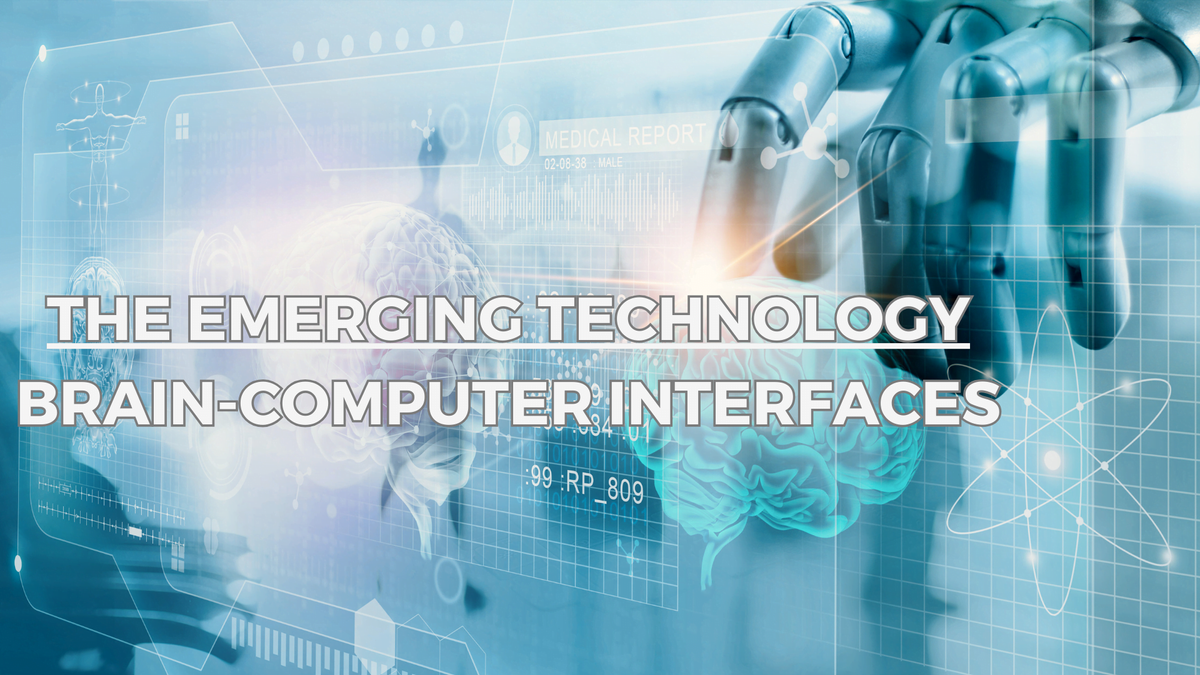Advancements in technology have always been a driving force behind human progress, and one of the most exciting and promising fields of innovation today is the development of brain-computer interfaces (BCIs). These groundbreaking technologies have the potential to revolutionize the way we interact with computers and the world around us.
What are Brain-Computer Interfaces?
Brain-computer interfaces, also known as brain-machine interfaces, are systems that establish a direct communication pathway between the brain and an external device, such as a computer or a prosthetic limb. By interpreting the electrical signals generated by the brain, BCIs can enable individuals to control devices or receive feedback without any physical interaction.
BCIs work by using various techniques to record and analyze brain activity. These techniques include electroencephalography (EEG), which measures the electrical activity of the brain through electrodes placed on the scalp, and functional magnetic resonance imaging (fMRI), which detects changes in blood flow to infer brain activity. Other methods involve invasive implants that directly interface with the brain’s neurons.
The Potential Applications of BCIs
The potential applications of brain-computer interfaces are vast and diverse. One of the most promising areas is healthcare. BCIs have the potential to restore independence and improve the quality of life for individuals with disabilities. For example, paralyzed patients could use BCIs to control robotic limbs or communicate with others through speech synthesis. BCIs also hold promise in treating neurological disorders such as Parkinson’s disease and epilepsy.
BCIs can also enhance human performance in various fields. Athletes could use BCIs to optimize their training by monitoring their brain activity and adjusting their routines accordingly. In the field of education, BCIs could revolutionize the way we learn by allowing direct knowledge transfer from experts to students.
Another exciting application of BCIs is in the field of virtual and augmented reality. By directly interfacing with the brain, BCIs can provide a more immersive and intuitive experience. Imagine being able to control a virtual character just by thinking or feeling the touch of a virtual object.
The Challenges and Ethical Considerations
While the potential of brain-computer interfaces is immense, there are several challenges and ethical considerations that need to be addressed. One major challenge is the complexity of interpreting and decoding brain signals accurately. The brain is a highly intricate and dynamic organ, and extracting meaningful information from its signals is still a significant scientific and technical hurdle.
Another concern is privacy and security. As BCIs become more sophisticated, they have the potential to access and transmit sensitive personal information. Ensuring the confidentiality and integrity of this data is crucial to prevent misuse and protect individuals’ privacy rights.
Furthermore, ethical considerations arise when it comes to the potential enhancement of human capabilities. BCIs could potentially blur the line between human and machine, raising questions about fairness, equality, and the definition of what it means to be human.
The Future of BCIs
The field of brain-computer interfaces is still in its infancy, but the potential for transformative impact is undeniable. As technology continues to advance, we can expect BCIs to become more accessible, reliable, and capable of performing complex tasks.
Researchers are actively working on improving the accuracy and reliability of BCIs, as well as developing new techniques and applications. With continued investment and collaboration between scientists, engineers, and medical professionals, the future of brain-computer interfaces holds immense promise.
Ultimately, brain-computer interfaces have the potential to unlock new possibilities and empower individuals in ways we could have only imagined. From healthcare to entertainment, BCIs are set to reshape the boundaries of human-machine interaction and propel us into a future where our thoughts and actions seamlessly merge with technology.
